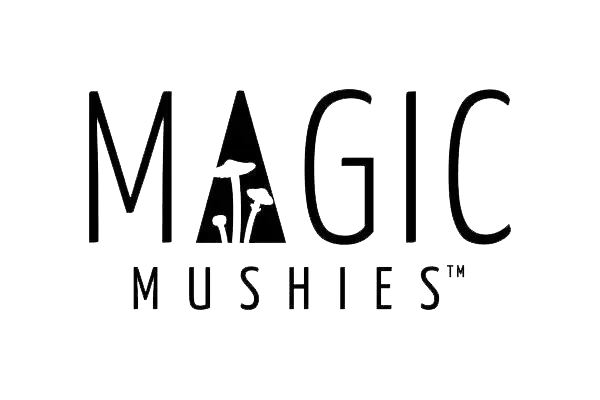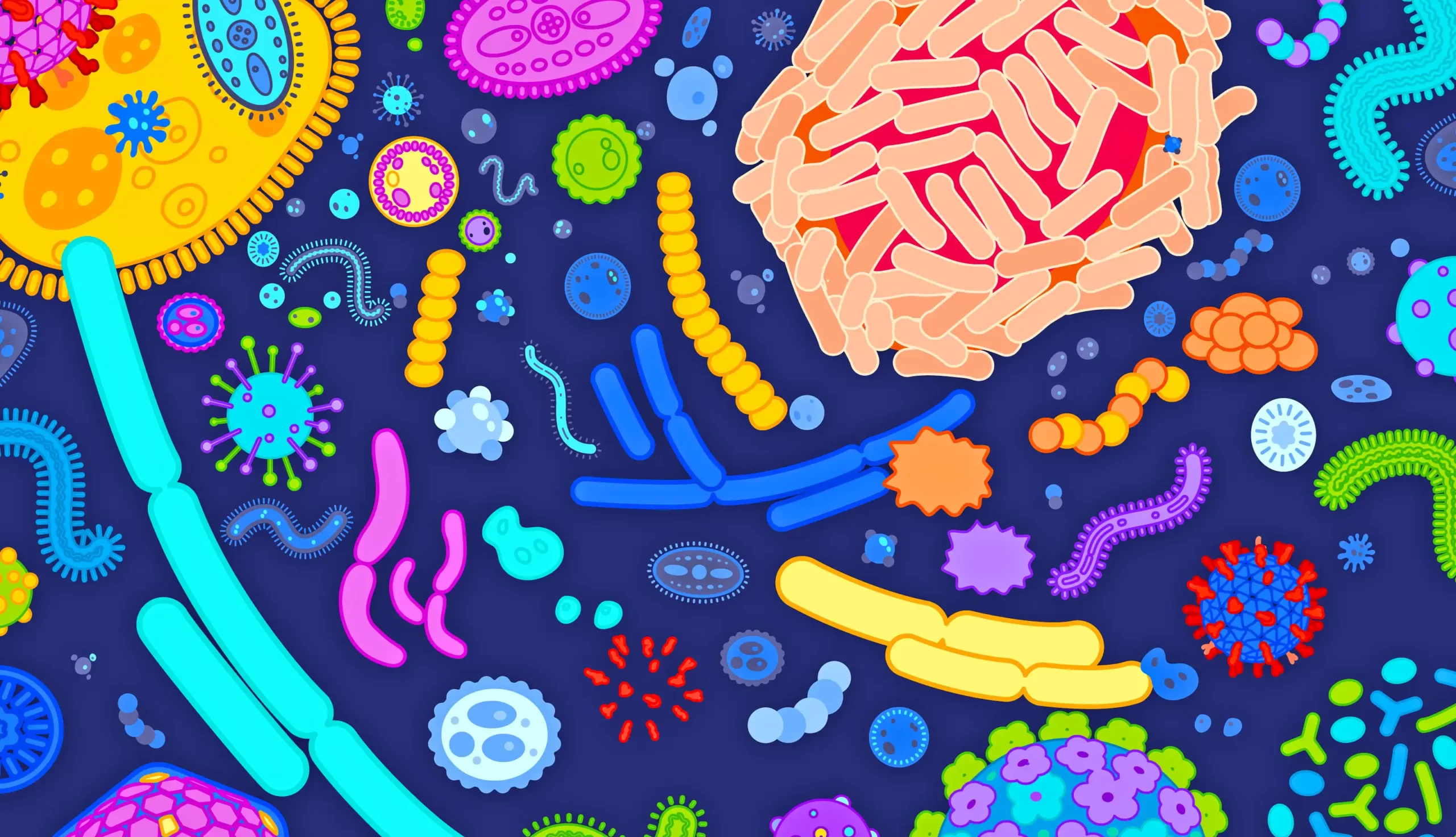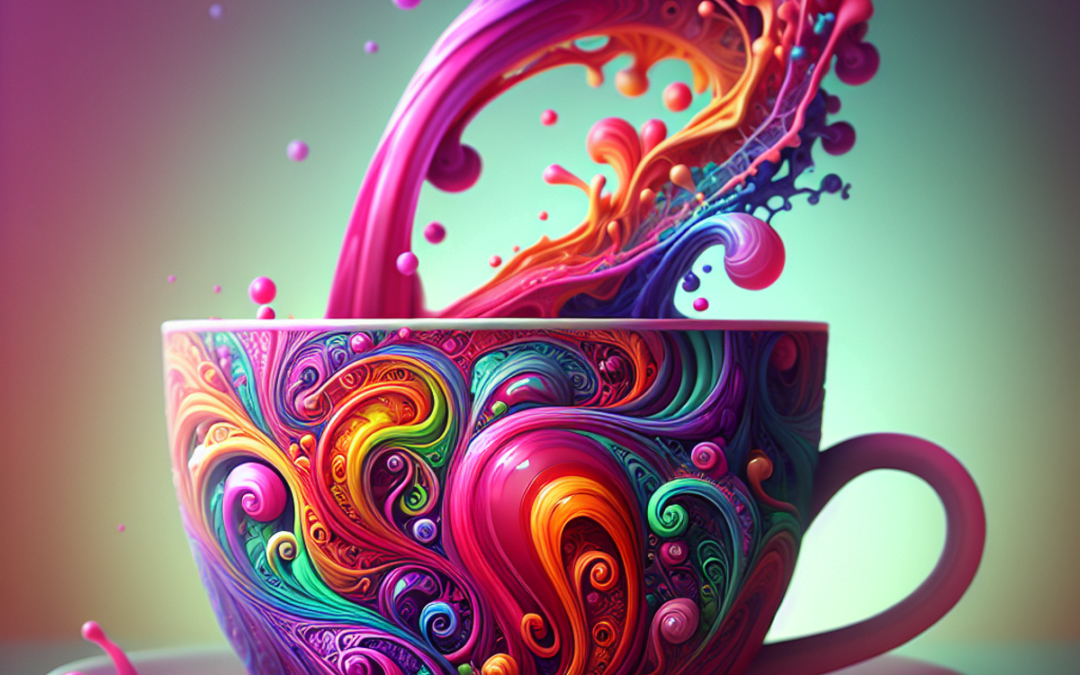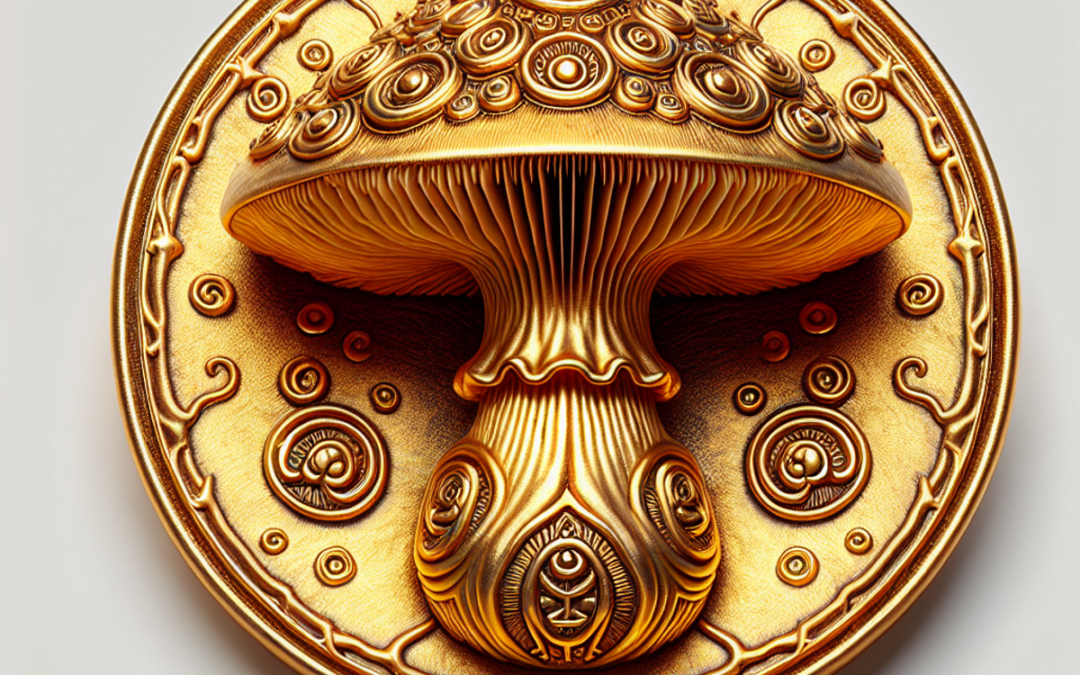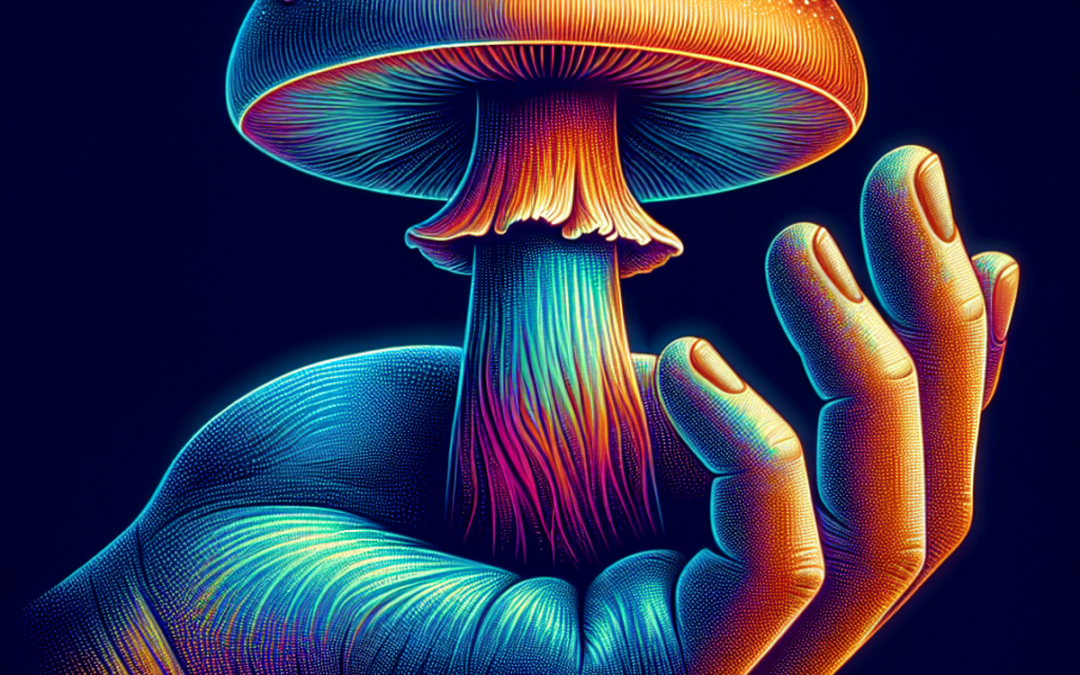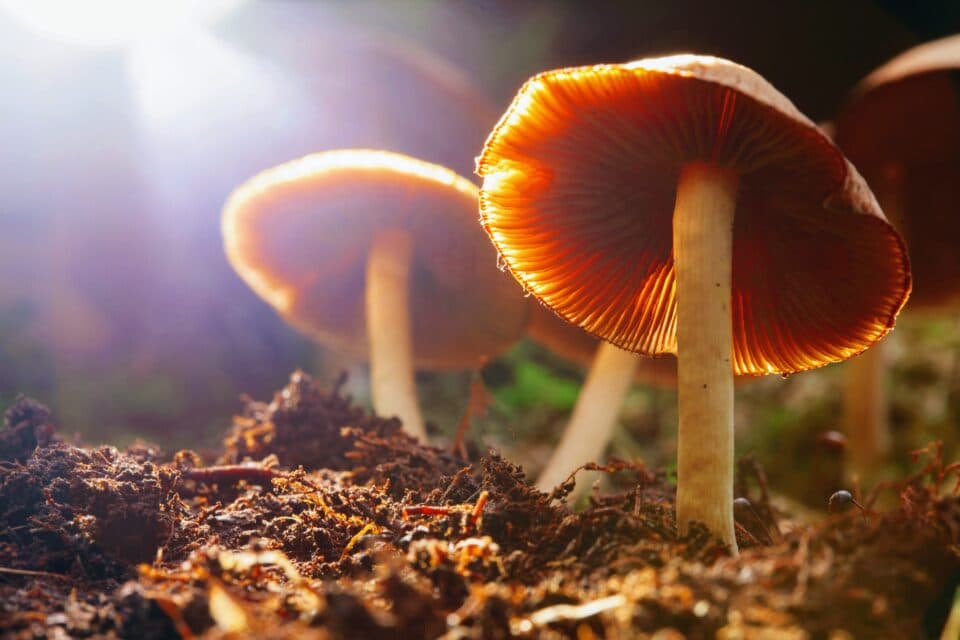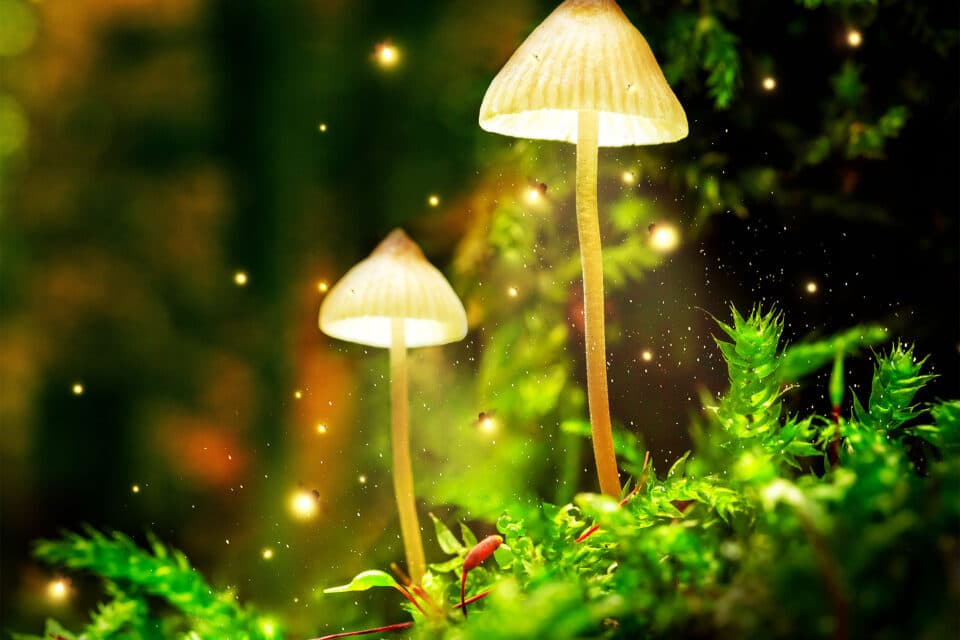The Microbiome and Psychedelics. We are quick to assume that psychedelics work only inside the brain. The mind and brain have long been seen as the seat of consciousness; therefore with this assumption, it only seems logical that psychedelic compounds shifting consciousness would affect the brain.
So while role of neurology and pharmacology is clear when studying psychedelics, neither discipline is limited to the brain. In fact, as we explore what affects consciousness, another world opens up — the gut.
Zooming Out on Psychedelic Research
Dr. Kim Kyupers of Masschmidt University published ideas about the relation between psychedelics and microbiomes in 2019. Kuypers was looking for reasons why psychedelic effects extend so far beyond the actual trip and suggested an effect on the colony of creatures living inside us.
She explains that psychedelics are “a relatively new theme for researchers, and they are focused on the acute or longer-term effects at a psychological/cognitive level.” She also points to a focus on finding a biological mechanism of action with tools like brain imaging. But Kuypers says she likes to “zoom out and merge fields.”
The gut is also a new field of research connected to depression. Kuypers began to connect the dots and applied for grants to dive deeper into the gut and psychedelics. While the grants did not come through, she started a conversation. She says, “more people are zooming out now, I guess, after learning about the effects, now interested in deciphering the origin of persisting effects.”
The Brain/Gut Axis
Studying the interaction between the gut and psychedelics is an ambitious undertaking. A comprehensive understanding of psychedelics is elusive and complex. Likewise, the gut is an entire ecosystem inside our bodies.
The microbiome contains billions of bacteria and fungi interacting — living, dying, and feeding off each other. Many of these interactions create biochemical products with far-reaching effects inside the body.
Both psychedelics and the gut share a link to mental and physical health. The factors influencing gut health go far beyond food, to include geography, ethnicity, age, and developmental factors. Add this to the thousands of different types of microbes in the gut, and any kind of synthesis of mechanical functions gets dizzying.
Psychedelic researchers also are tackling a collection of moving parts influencing psychedelic set and setting. It’s not just about the substance and how someone felt the day they tripped. Factors like cultural context and belief systems have made multidisciplinary research also necessary in psychedelics.
In the face of such an enormous set of variables, it seems myopic that so much of psychedelic coverage focuses on a single serotonin receptor.
Psychedelics and Serotonin Receptors in Gut
Serotonin does play an important role. We know that the gut and mood find footing in the realm of serotonin. For example, studies with SSRIs show communication between the gut and the brain. In some cases, Irritable Bowel Syndrome (IBS) shows improvement when treated with SSRIs.
And the communication goes both ways: rats given fecal transplants (FMT) showed changes in mood. A particularly impactful study mentions how the feces of depressed humans also made rats depressed.
Kuypers thinks bi-directional could track to psychedelic therapy as well:
“I do think it is a two-way communication. But there will be so many facets involved. When you are less depressed or in remission, you will have a different lifestyle, being more active, perhaps eat differently etc… which will influence your gut.”
While the factors and constant communication between them may seem overwhelming, they also speak to a positive angle: the “plasticity” of the gut-brain axis.
Approaches as simple as diet can make an impact. Other practices like introducing probiotics or new fecal material are looking effective as well (if not entirely understood at this time). It’s new territory, but the good news is the microbiome and the many systems associated with it can be altered with known interventions.
Seeking the “Psilocybiome”
While the learning curve is undoubtedly steep, Dr. John Kelly of Trinity College in Ireland has ventured into unpacking the complexities of the microbiome and the implications of adding psychedelics into the mix.
While expensive research is needed to decode the microbiome, Dr. Kelly maps out many potential mechanisms and research pathways in “ Seeking the Psilocybiome: Psychedelics meet the microbiota-gut-brain axis.” He explains “psilocybiome” is a concept exploring “reciprocal host-microbiota-psychedelic interactions” and also “serves as an example of systems interconnectivity.”
Dr. Kelly suggests interventions to the microbiome could be used as preparation and integration phases of psychedelic journeys. The theoretical framework he presents even hints the microbiome’s established effects on mood might only be part of the story.
“It is conceivable that certain gut microbiota configurations and associated signalling pathways may play a subtle role in the inter-individual variability of psychedelic metabolism.”
How certain combinations of microbes and compounds like psilocybin could interact are vast. The guts communicate with the rest of the body through many pathways.
A microbe’s life cycle of consumption and waste production has many downstream effects inside the body. Examples include the release of hormones via the endocrine system or the stimulation of the vagus nerve via huge amounts of connections to the gut. Affecting either system also has an overwhelming amount of potential effects, as Dr. Kelly explains:
“We are comprised of a complex composite of interacting systems, which operate within the wider environmental system/ecosystem. The gut microbiome at the interface between the self and the environment is one such bio-feedback system that could be harnessed over the course of psychedelic therapy to help re-calibrate the individual system into a healthier homeostatic state.”
The Gut Influences Metabolism of Tryptamines
Dr. Kelly explores many of the avenues of affect in his paper. None are conclusive, as no microbiome and psychedelic-specific research have yet to be completed. But using existing research into the microbiome, he ties many different pathways to psychedelics.
For example, psilocybin is a tryptamine. Other tryptamines include serotonin and melatonin, compounds affecting mood and sleep. Research has documented different microbes affecting the metabolism and release of tryptamines in the gut. This could affect how psychedelics are processed in the body too.
Another example is how the body uses tryptamines. Serotonin and melatonin are neurotransmitters and can send signals from the gut to the rest of the body. Dr. Kelly builds on this and asks whether different gut compositions could be one factor in the variability of responses to psychedelics like psilocybin, suggesting that:
“Certain configurations of the gut microbiota and associated signalling pathways of the microbiota-gut-brain (MGB) axis may subtly influence the continuum of responses to psychedelic therapy.”
Inflammation/Immune System
Another noteworthy overlap between psychedelics and the microbiome is the immune system. The microbiome has been connected with imbalances in the immune system, including autoimmune disorders.
Likewise, psychedelics are being explored for their various effects on immune function and even as a novel treatment for autoimmune disorders. Both psychedelics and microbiomes have been implicated in inflammation and activation of microglia cells involved in the immune response, along with many other biomarkers and potential signalling pathways.
In his paper, Dr. Kelly considers that a person’s microbiome could further affect the immune responses that psychedelics trigger. Any interaction occurring would not only offer therapeutic benefits but also unpack our currently limited mechanistic understandings of psychedelics.
Future Research for Psychedelics and Microbiome
How psychedelics and the microbiome interact still have more questions than answers. Metabolism of tryptamines or balance of the immune system is but one of many examples Dr. Kelly explores with Seeking the Psilocybiome.
Dr. Kelly outlines that research with rodent models, antibiotics, dietary, probiotics, and FMT variables combined with psychedelics at different doses and schedules can advance our understanding. However, he adds, controlling for so many variables in human studies will be difficult. He shares that:
“It will take a great deal of collaborative work to fully disentangle the psilocybiome, but this frontier of interconnected systems-based neuroscience could potentially lead to better therapeutic outcomes for people.”
Dr. Kim Kuypers, too, sees interventions like diet are “a first line ‘therapy’; including other lifestyle changes: getting rid of the toxic, stressful influences in people’s lives, and doing regular exercises known to affect mood, serotonin, neuroplasticity.” She adds that “psychedelics will be part of a lifestyle adjustment; part of a holistic therapeutic approach.”
Grasping that a simple food choice affects physical and mental health through not just nutrient composition but how it feeds the microbiome, which goes on to affect more bodily processes, and perhaps even how a psychedelic drug works take some mental gymnastics.
Indeed the problems and potential presented by psychedelics and the microbiome highlight a level of interconnectedness between us, our environments, and our choices that are pretty psychedelic in itself.
Source: The Microbiome and Psychedelics: It’s Not All in Your Head
